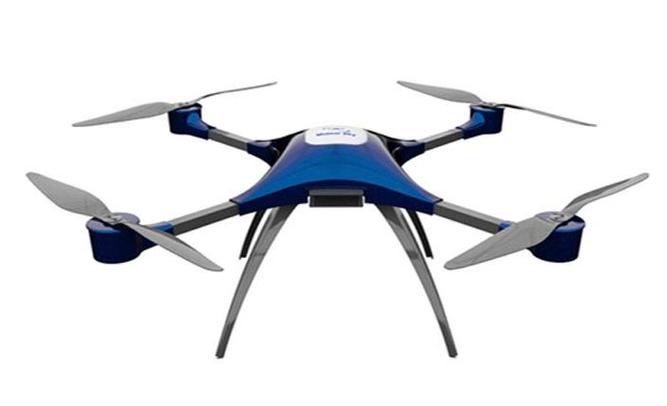Gas powered drones are an emerging technology that has garnered attention for its potential to revolutionize various industries. With the ability to remain airborne longer than their electric counterparts, these drones present unique advantages and challenges. This article delves into the myriad benefits of gas powered drone technology, exploring how it stands to influence sectors ranging from logistics to agriculture.
Why Gas Powered Drones?
One of the most distinguishing features of a gas powered drone compared to an electric drone is its increased flight time. Typically, electric drones are limited by battery capacity, which restricts their airtime to around 30 minutes, whereas gas powered drones can often remain operational for several hours without refueling. This benefit makes them particularly useful in scenarios where continuous operation is pivotal.
Long-Range Capabilities and Efficiency
Gas powered drones excel in long-distance operations, where electric drones would falter due to battery drainage. This efficiency is beneficial in large-scale agricultural assessments, wildlife surveys in expansive areas, and even package delivery across cities. For example, in agriculture, drones can cover vast fields without requiring frequent landings to recharge, making the process of crop monitoring and data collection more efficient.

Industrial Applications
The industrial applications of gas powered drones are vast. In logistics, they enable rapid transportation without the typical delays of ground vehicles. Consider the potential transformation in supply chain management, where timing is crucial; gas powered drones could transport goods faster and more reliably across regions. Additionally, in construction and infrastructure inspection, these drones can offer detailed aerial views for extended periods, aiding in precise mapping and planning.
Moreover, gas powered drones can carry heavier payloads compared to electric drones, opening possibilities for transporting larger equipment or more substantial quantities of goods. This feature is particularly useful in delivering medical supplies to remote areas where traditional transportation methods may not be viable.
Environmental Considerations
While gas powered drones offer numerous advantages, they also present environmental challenges that need addressing. Like any machine using fossil fuels, they release carbon emissions, which need to be minimized for sustainable operation. Advances in cleaner fuel technologies and hybrid systems that combine gas and electric power are potential solutions currently being explored.
Safety and Regulations
As with all unmanned aerial vehicles, safety and regulatory compliance are critical. Gas powered drones, with their longer endurance and higher payload capacity, must adhere to stricter guidelines to ensure their safe deployment. This includes securing permission for specific airspace operations and ensuring the drones are equipped with fail-safe systems to prevent malfunction-related accidents.
- Stability in adverse weather: Gas powered drones tend to perform better in challenging weather conditions due to their robust build and fuel system.
- Cost implications: Operating a gas powered drone can be more cost-effective in the long run for certain industries, despite the higher initial investment compared to electric drones.
Future Prospects
The future of gas powered drone technology looks promising, with ongoing advancements likely to enhance their capabilities further. The integration of AI and improved navigation systems will undoubtedly increase their utility and efficiency in various fields. There is also potential for these drones to play a significant role in emergency response, where prolonged flight is necessary to assess and address disaster situations.
FAQs
- How long can gas powered drones fly without refueling?
- The flight duration varies, but they generally can fly for several hours, significantly longer than electric drones.
- Are gas powered drones environmentally friendly?
- They do produce emissions, but efforts are underway to develop cleaner fuel options and hybrid models to mitigate environmental impact.
- What industries benefit most from gas powered drones?
- Industries such as agriculture, logistics, construction, and surveillance find gas powered drones particularly advantageous due to their long-range and heavy-lift capabilities.
As the technology evolves, gas powered drones will continue to offer noteworthy contributions to a multitude of applications, balancing their benefits with environmental responsibilities and operational safety requirements.